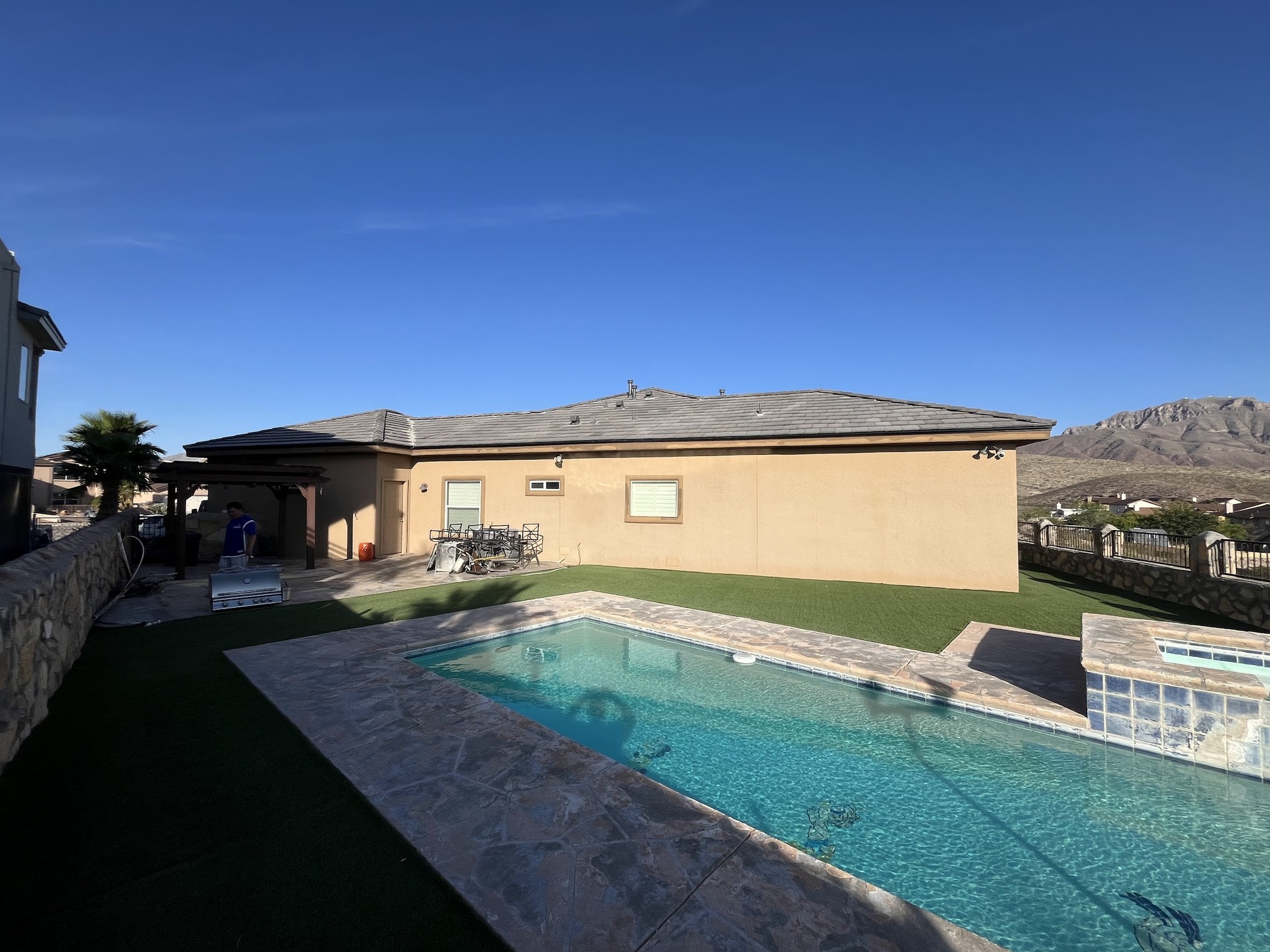
Choosing the Right Colors: A Guide by Khalenor Finishes Sep 08, 2025
First, consider the purpose of the room. Are you painting a tranquil bedroom retreat or a vibrant kitchen space? The intended use will guide your color choices. Bedrooms and bathrooms often benefit from calming colors like soft blues or gentle greens, which evoke a sense of relaxation. Meanwhile, spaces that encourage activity, such as dining rooms or office spaces, might thrive with energizing shades of yellow or orange.
Lighting plays a crucial role in how colors are perceived. Natural light can make colors appear different throughout the day, so it’s vital to observe potential colors in the light they’ll be exposed to. Inspaces with ample natural light, cooler tones may feel refreshing. However, in artificially lit rooms, warmer tones create a cozy atmosphere by offsetting the harshness of artificial lighting.
Another factor to consider is the psychology of colors. Each hue has a psychological impact. Blue is known for its calming properties, making it ideal for stress-prone areas. Red, on the other hand, can stimulate excitement and energy, making it suitable for spaces meant for social interaction or dining. Green represents both tranquility and rebirth, while yellow offers cheerfulness and energy. Consider the emotional impact you wish to achieve in each room when selecting your palette.
Your existing furniture and decor should also influence your color choices. Neutral tones such as beige or gray allow bold furniture pieces to stand out, whereas vibrant wall colors can infuse life into more minimalistic spaces. If your furnishings already have strong bold colors, consider using understated tones on the walls to create balance.
Sampling paints is essential. A color might look perfect on a tiny swatch, but once it covers a full wall, it might feel overwhelming or underwhelming. Paint samples on your walls and observe them during different times of the day in varying lights. This practice will help you gauge which shade truly suits your space.
Finally, don’t hesitate to consider multiple colors within one room. Accent walls can introduce a pop of color without overwhelming the space. At Khalenor Finishes, we often recommend using stronger shades on a single wall or incorporating different tones of the same hue to add depth and interest.
To conclude, selecting the right colors involves more than just choosing a shade you like. Consider the room’s purpose, lighting, existing furnishings, and color psychology. By taking these factors into account, you can create a harmonious and aesthetically pleasing environment. At Khalenor Finishes, we are passionate about helping you create spaces that reflect your style and improve your living experience. Trust in our expertise, and feel free to reach out for personalized advice on finding the perfect palette for your next project.
/filters:no_upscale()/media/65eddce7-1b99-4530-814d-dfbb7f9ebd1d.jpeg)
/filters:no_upscale()/filters:format(webp)/media/2a398af5-d6fc-470d-9b36-86c7a7b29db2.jpeg)